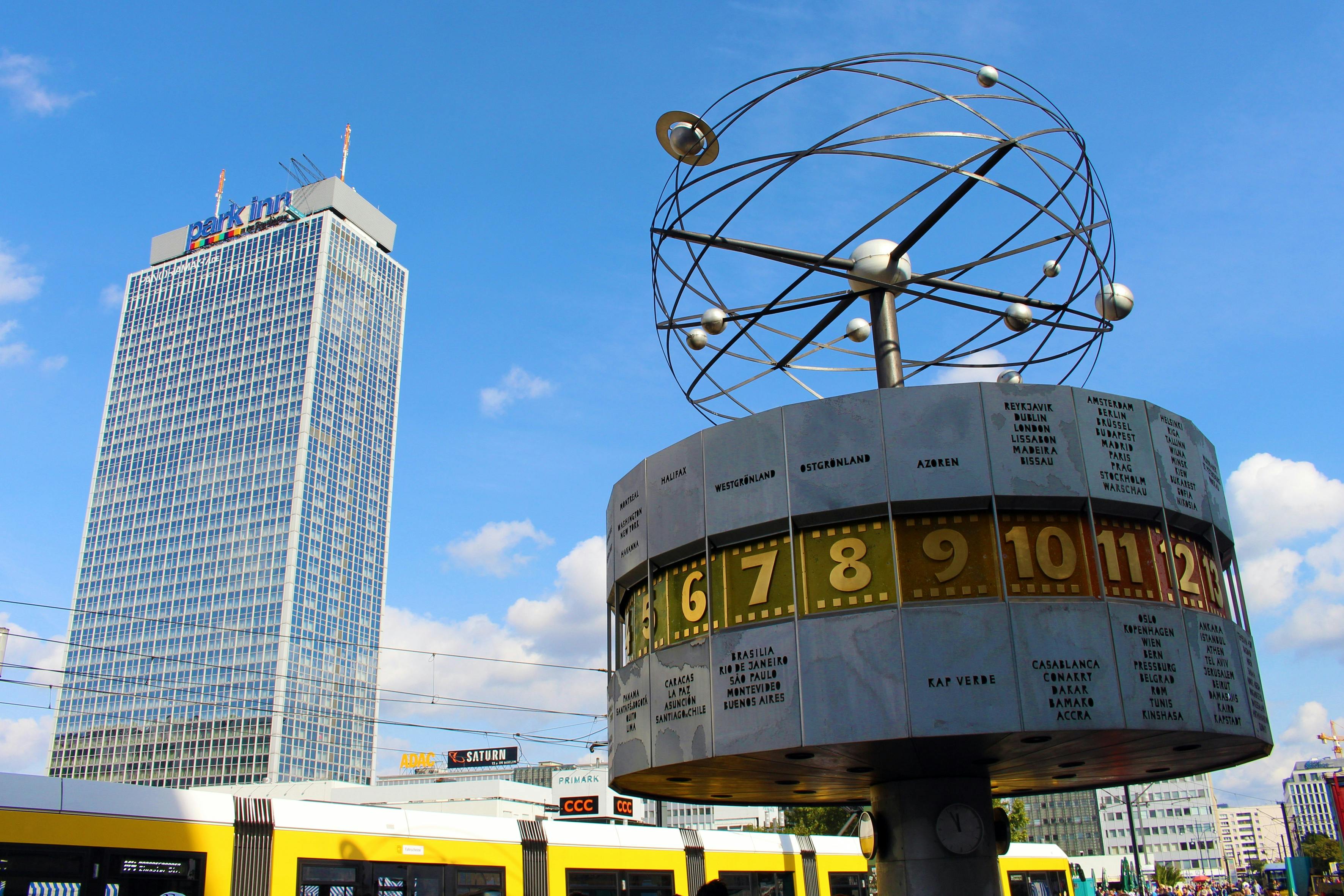The history of swing dance

Some feel that dancing is a reciprocity of being alive, while others dance to enjoy themselves. But it is something that shows great energy on the part of the dancer. Dancing is nothing more than moving the human body or any part of the body along with music.
Among many dance forms that vary greatly in music selection to music tempo, Swing Dancing is unique in its own way. It gets its name from the dance developed during the swing era, that is, 1920-1940, with the popularity of the Big Band and its jazz music. Although there are many forms and classes of swing dance that are known by different names, the name swing dance commonly refers to any one of them. One of the most popular forms is known as the Lindy Hop, which originated in Harlem in the 1930s.
Lindy Hop dancers were initially known as Jitterbugs, taking their name from the nervous movement the dancers make. There are other shapes like Balboa, Collegiate Shag, etc., and more styles are being developed every year. The dance became immensely popular with fast and intricate dance moves and steps. Charles Lindbergh was a revelation in this case and thus the name Lindy Hop was born to honor his style of dance.
Over the years, many other dances began to develop, such as boogie woogie, rock n roll, and disco dancing, which were just derivatives of the original swing dance. They grew in popularity and more people were attracted to the new dance style.
The original swing was almost reduced to a handful of dancers and in the 1960s, the culture almost disappeared. Also, the music tracks became more in favor of the other alternative dance styles. It remained off any major stage until the 1980s when the French reintroduced it under a new name of French Jibe or Modern Jibe.
Eventually, they began to gain good appreciation and recognition throughout the world. Gradually it emerged as one of the main forms of dance and became very popular all over the world. It slowly made its way back to the UK in the early 1990s and is danced to contemporary jazz and modern music. Even in recent times considerable variation and development is taking place and they can be found distinct from each other in different parts of the world.
The dance format made its way through many dance styles and classes since the early 20th century. In the 1940s it became popular as the East Coast Swing and more commonly known as the Six Step Swing. It also had a West Coast swing variation name that was more stylistic and lively. Imperial Swing, Washington Hand Dancing and push are its other form and variation which saw increasing popularity in the 1950s.
Swing dance has rightfully found its place in modern art and culture with increasing popularity among dancers and ordinary people. Many dance competitions are being developed in which the subtleties of swing dancing are judged based on timing, teamwork and technique between the dance partners to select the winners, although the original Lindy Hop contests only seek to select to the most impressive dancer to be the winner without any of these criteria. There are many modern dance groups that keep the tradition alive and carry it forward.